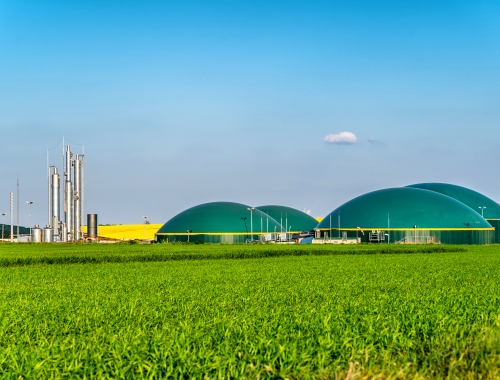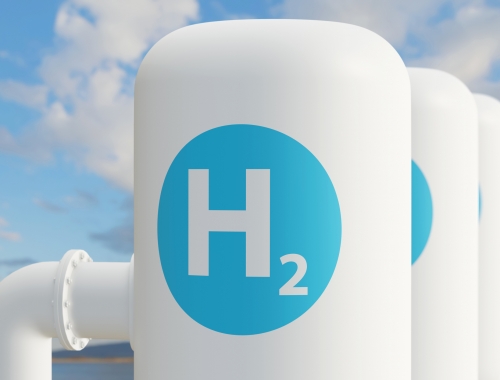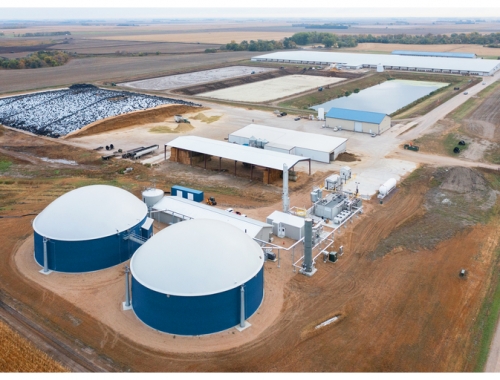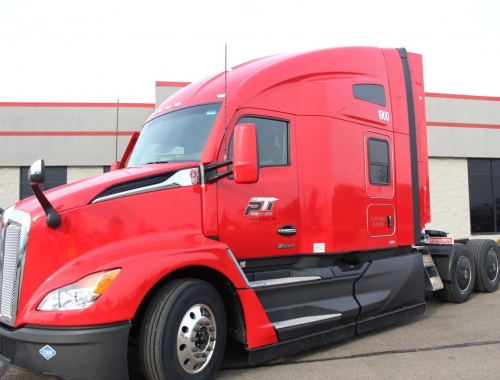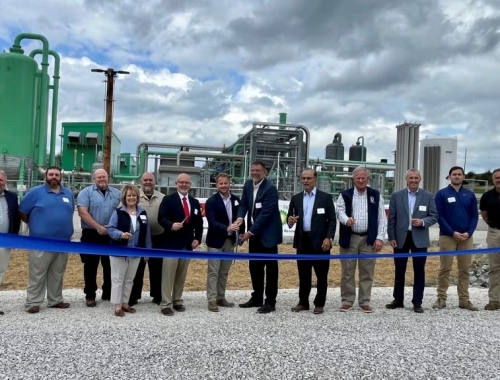Cheniere implements midstream QMRV programme
SUMMARY
Methane monitoring planned across Cheniere's midstream supply chain.
By Dale LunanUS LNG developer Cheniere Energy said April 19 it would work with natural gas midstream companies, methane detection technology providers and leading academic institutions to implement quantification, monitoring, reporting and verification (QMRV) of greenhouse gas (GHG) emissions across its midstream supply chain.
The programme, at gas gathering, processing, transmission and storage systems along Cheniere’s supply chain, is intended to improve the overall understanding of GHG emissions and advance the deployment of advanced monitoring technologies and protocols.
The midstream QMRV programme builds on similar collaborations launched in 2021 with natural gas producers and LNG shipping providers, and fills in another link supporting Cheniere’s climate strategies, including the provision starting later this year of cargo emissions tags to its customers.
The midstream QMRV work will be conducted by emissions researchers from Colorado State University and the University of Texas, with measurement protocols designed by the research group and Cheniere to be field tested at facilities operated by participating companies, including Kinder Morgan, Williams Companies, MPLX, DT Midstream and Crestwood Equity Partners. Cheniere’s own Creole Trail Pipeline and Gillis compressor station will also be part of the programme.
“Together with our partners on this project and across our LNG value chain, we are working collaboratively to maximise the climate benefits and environmental competitiveness of US natural gas and Cheniere’s LNG,” CEO Jack Fusco said. “Including the Creole Trail Pipeline and Gillis compressor station in this phase of our QMRV work further evidences our commitment to science-based, data-driven environmental transparency.”
The programme will involve a combination of ground-based, aerial and drone-based emissions monitoring technologies deployed over at least a six-month period. At the Gillis compressor station in Louisiana, multiple continuous emissions monitors will be tested to determine their performance.
“Emissions quantification requires scientifically rigorous methods that are unique to each segment of the industry,” said Dan Zimmerle, director of Colorado State University’s methane emissions program and principal investigator on the project. “This first-of-its-kind R&D project will investigate emissions performance at multiple midstream facilities not just by short-duration spot checks, but over several months, employing multiple monitoring technologies at multiple scales.”


